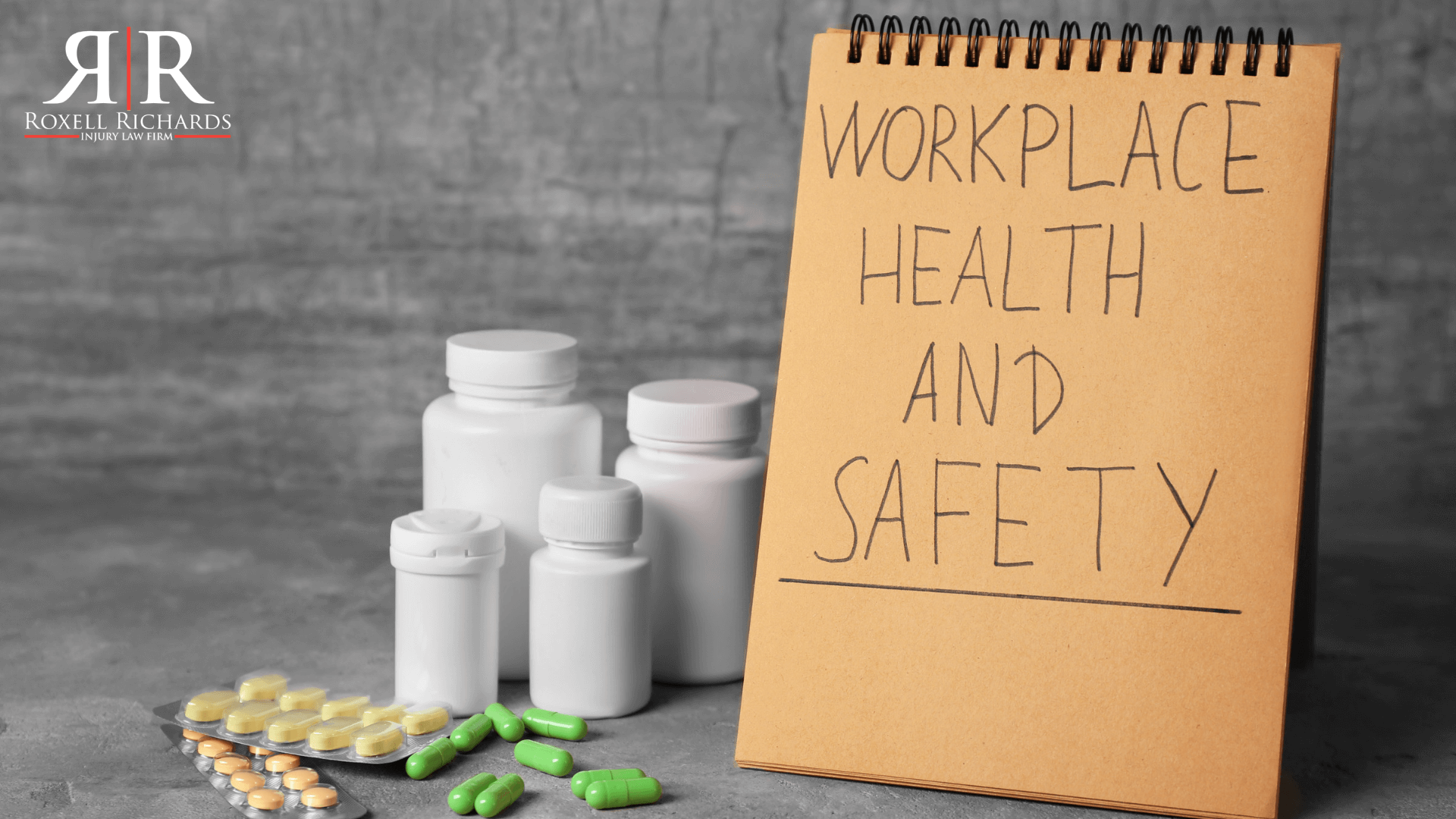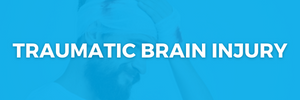How to Protect Your Rights in a Workplace Injury Lawsuit
Understanding Workplace Injuries: Its Causes
A workplace injury refers to any harm or damage an employee suffers while performing their job duties.
And these injuries range from minor cuts and bruises to more severe conditions like fractures, sprains, or even life-threatening accidents.
So, it’s crucial to be aware of your rights and take steps to protect them if you’ve experienced a workplace injury.
To create a safer workplace, it’s important to know the common causes of injuries:
- Inadequate Training: Insufficient training can lead to accidents. So, employers should provide thorough training on safety protocols, equipment use, and recognizing hazards.
- Unsafe Working Conditions: Slippery floors, poor lighting, and obstructions increase the risk of accidents. Your employers should address hazards, while employees should report unsafe conditions.
- Lack of Safety Equipment: Insufficient safety equipment, like goggles or gloves, can contribute to injuries. And so, employers should ensure proper availability and maintenance of personal protective equipment (PPE).
- Human Error: Fatigue, distractions, and rushing can affect safety. Therefore, employers can reduce human error by fostering a safety-focused culture and implementing regular breaks and clear procedures.
- Hazardous Substances: Exposure to harmful substances can lead to health issues. So, employers should provide training, labelling, and safety measures when dealing with hazardous materials.
- Machinery and Equipment Malfunctions: Malfunctioning equipment can cause accidents. Thus, regular inspections, maintenance, and timely repairs are necessary to keep equipment in safe working condition.
- Lack of Ergonomic Considerations: Poor ergonomics can lead to musculoskeletal disorders. Therefore, employers should prioritize ergonomic design, provide suitable furniture and equipment, and educate employees on proper posture and movement.
And by addressing these causes, employers and employees can work together to prevent accidents, create a safer environment, and promote a safety culture.
In fact, prioritizing safety benefits everyone involved, leading to a more productive and harmonious workplace.
On-the-Job Injuries: Its Types
On-duty injuries are injuries that happen while someone is working. And they might be as trivial as scrapes and bruises or as serious as broken bones.
And these injuries can occur due to accidents, unsafe conditions, or exposure to hazardous substances.
Also, employers are responsible for providing a safe workplace, and employees may be entitled to compensation for medical treatment and lost wages.
Different types of on-duty injuries can occur in the workplace. These include:
- Falls: Falling from heights or on the same level due to slippery surfaces or obstacles can cause fractures and other injuries. And having preventive measures like safety protocols and proper lighting can help reduce the risk.
- Strains and Sprains: Overexertion, repetitive motions, and improper lifting can lead to strains and sprains. So, proper training, ergonomic practices, and taking breaks can minimize the risk.
- Cuts and Lacerations: Sharp objects and machinery pose a risk of cuts and lacerations. Therefore, providing personal protective equipment (PPE) and ensuring proper equipment handling can help prevent these injuries.
- Burns: Heat sources, chemicals, and electrical equipment can cause burns. So, employers should have safety measures, like proper storage and training on emergency procedures.
- Respiratory Issues: Working with airborne contaminants can lead to respiratory problems. And so, having adequate ventilation and respiratory protection and educating employees about usage can help prevent such issues.
- Musculoskeletal Disorders (MSDs): Repetitive tasks, improper ergonomics, and heavy lifting can contribute to MSDs. In fact, employers can address this by providing adjustable workstations, promoting proper body mechanics, and encouraging breaks.
- Occupational Diseases: Certain occupations expose workers to specific hazards. Therefore, employers should implement safety measures and provide protective equipment to prevent exposure-related diseases, such as asbestos-related diseases or noise-induced hearing loss.
The MSD Injury
Musculoskeletal disorders (MSDs) are common workplace injuries affecting the muscles, joints, and tendons. In fact, repetitive motions, heavy lifting, poor ergonomics, or awkward postures cause them. And being aware of MSDs can help you prevent them by taking proactive measures.
Also, understanding these types of on-duty injuries is crucial for employers and employees to recognize risks and take preventative measures.
Furthermore, promoting a safety-oriented culture, providing training, necessary equipment, and maintaining a hazard-free environment can significantly reduce workplace injuries and create a safer workplace for everyone.
Differentiating Between Accidents and Incidents at Work
Distinguishing between accidents and incidents helps identify hazards and prevent future accidents.
- Accidents: These are unexpected events that cause harm or damage in the workplace. And they result in injuries or property damage. Examples include slips, falls, machinery failures, or collisions.
- Incidents: These are situations that have the potential to cause harm or damage but don’t necessarily result in actual injuries or damage. And that they can be near misses or unsafe conditions. Examples include close calls or minor equipment malfunctions.
In fact, reporting and investigating incidents can improve safety by addressing underlying causes. And recognizing incidents as opportunities for improvement creates a safer work environment for everyone.
Employer Responsibility in Workplace Accidents
Employers play a vital role in keeping employees safe at work. Here are their key responsibilities:
- Providing a safe work environment by identifying and addressing hazards.
- Offering training and education on workplace safety to ensure employees know how to stay safe.
- Implementing clear safety policies and procedures that cover emergencies and hazardous materials.
- Maintaining safety equipment and personal protective gear for employees to use.
- Promoting a safety culture where employees feel comfortable reporting concerns and accidents.
- Complying with laws and regulations related to workplace safety.
- Responding promptly to accidents and incidents by providing medical help, reporting them, investigating their causes, and taking preventive measures.
And by fulfilling these responsibilities, employers create a safer work environment, reduce accidents and injuries, and protect employee rights.
Claiming Compensation for Back Injuries at Work
You may be compensated if you’ve injured your back at work. Here’s what you need to know:
- Report the injury to your employer promptly.
- Seek medical attention to assess the severity of the injury or illness and document your condition.
- Gather evidence, like photos or witness statements, to support your claim.
- Consult an attorney specializing in work accident workers’ compensation or personal injury law.
- File a workers’ compensation claim, which can cover medical expenses, lost wages, and rehabilitation costs when permanently disabling your potential to work.
- Cooperate with your employer, the insurance company, and any legal professionals involved in the claims process.
- Follow your healthcare provider’s recommended treatment plan to show commitment to recovery.
- Record all costs associated with your injury, such as prescription charges and travel fees.
- Stay informed about workers’ compensation laws in your jurisdiction and deadlines for filing a claim.
Therefore, seeking legal guidance can help ensure your claim is handled properly and increase your chances of receiving fair compensation for your back injury at work.
Immediate Steps to Take if an Accident Occurs
If an accident happens at work, follow these immediate steps:
- Ensure Safety: Move to a safe area and alert authorities if there are ongoing hazards.
- Provide First Aid: Give first aid if you’re trained, prioritizing your safety and within your abilities.
- Alert Authorities: Report the accident to your supervisor or designated authority, providing accurate details.
- Seek Medical Assistance: Get medical help for serious injuries or, if needed, even for seemingly minor ones.
- Preserve the Scene: If safe, keep the accident scene intact until authorized personnel arrive.
- Document the Accident: Note important details, take photos if possible, and gather evidence.
- Report the Incident: Follow your workplace’s reporting procedures and submit an incident report.
- Cooperate with Investigations: Fully cooperate with any investigations by authorities or your employer.
And following these steps can help ensure safety, proper documentation, and a proactive response to accidents at work.
Role of a Lawyer in a Workplace Injury
Involving a lawyer in a workplace injury case can be helpful. Here’s what they can do for you:
- Legal Advice and Guidance: A lawyer can provide free consultation, expert advice, and guidance on your rights and the legal process.
- Case Evaluation: They can assess your case’s strengths, review evidence, and determine its potential for success. Also, you can check their case results and testimonials for cases handled.
- Gathering Evidence: Lawyers have the skills and resources to collect and preserve crucial evidence for your case if you want to sue your employer.
- Negotiating with Insurance Companies: They can handle negotiations with insurance companies to ensure fair compensation.
- Pursuing Legal Claims: If needed, a lawyer can file a lawsuit against your employer and represent you throughout the legal process.
- Maximizing Compensation: They can assess your damages and work towards securing fair compensation.
- Legal Compliance and Deadlines: A lawyer ensures all necessary paperwork is filed correctly and on time.
- Legal Representation and Advocacy: They act as your advocate, protecting your rights and handling legal matters.
In fact, by involving a workplace injury lawyer experienced in workplace injury cases, you can have peace of mind, knowing that your rights are protected and pursued effectively.
To sum up, workplace injuries can seriously affect injured individuals.
And by understanding the causes and types of injuries, knowing your rights, and involving employers and lawyers when necessary for workers’ compensation benefits for the pain and suffering, you can prevent accidents, protect yourself, and seek compensation.
Also, prioritize safety, report work-related injuries promptly, and seek legal advice to create safer workplaces and uphold injured workers’ rights.
So, stay informed, be vigilant, and prioritize your well-being at work.





